24 Hours Hotline: +86 86-28-86254400
+86 86-28-86254800
Email:travelip@hotmail.com
24 Hours Hotline: +86 86-28-86254400
+86 86-28-86254800
Email:travelip@hotmail.com
Chengdu Attractions,Chengdu Private Tours
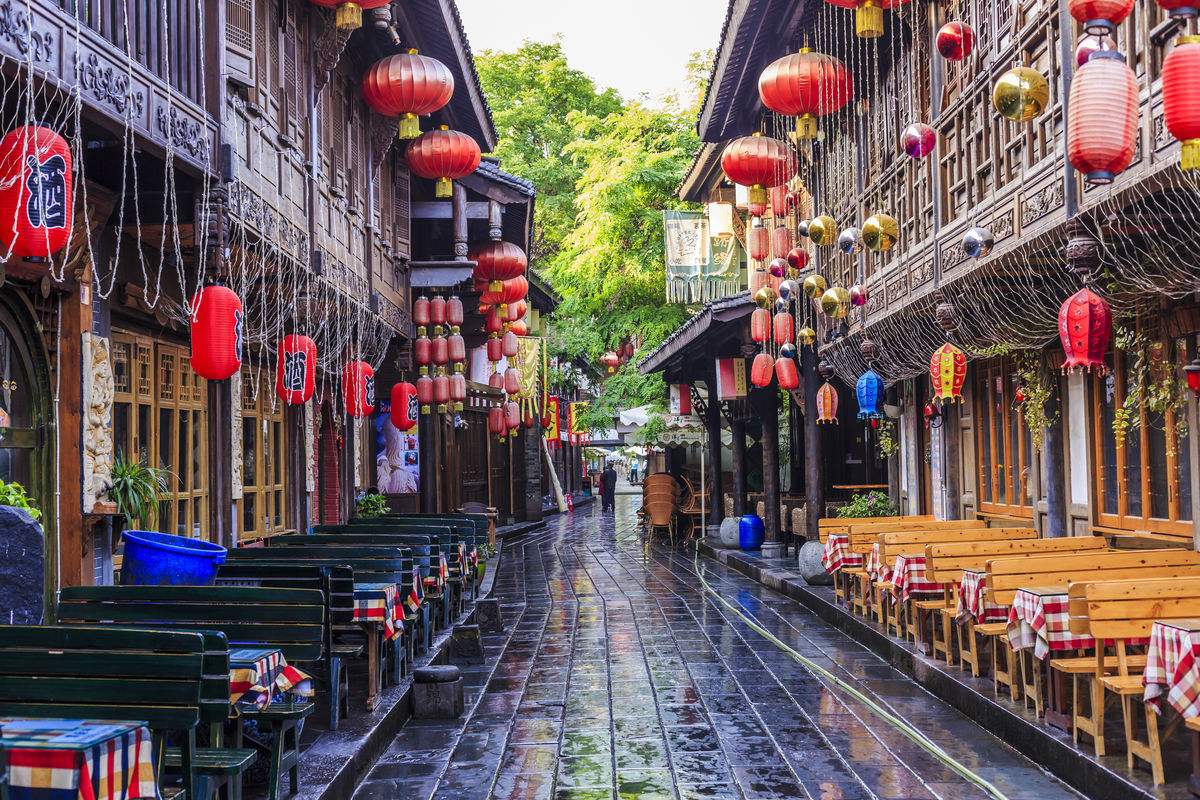
Overview
Chengdu, capital of southwest China's Sichuan Province, is a historical city as well as a business center. It boasts a great number of natural and cultural heritage sites.
The city features one of the most important centers of Taoism, the oldest existing irrigation project in the world and a large habitat for giant pandas. It is also well-known for its appetizing delicacies and slow pace of life.
Chengdu enjoys mild and moist weather for the most part of the year, but the best time to visit city is in March, April, May, June, September, October and November.
1. Mount Qingcheng(青城山)
Located to the southwest of Dujiangyan, Sichuan Province, Mount Qingcheng can claim to have some strong roots for China's Taoism. It is a famous historical mountain and one of the nation's major scenic areas.
The mountain faces the Chengdu Plain, at the back sporting the Minjiang River, and stretches out over an area of 200 square kilometers (20,000 hectares). It has 36 peaks, eight large and 72 small caves. Its main peak, Laoxiao Peak, rises up to 1,260 meters. Many temples can be found across the area.
In 2000, UNESCO included Mount Qingcheng, together with the Dujiangyan Irrigation System, on its World Heritage List.
Admission Fee: CNY 90 (US$14.7)/person
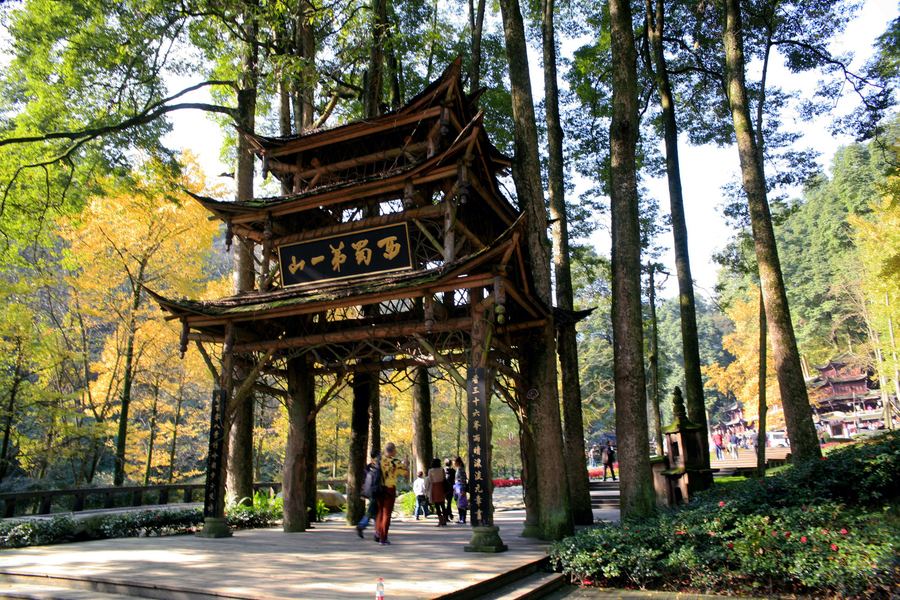
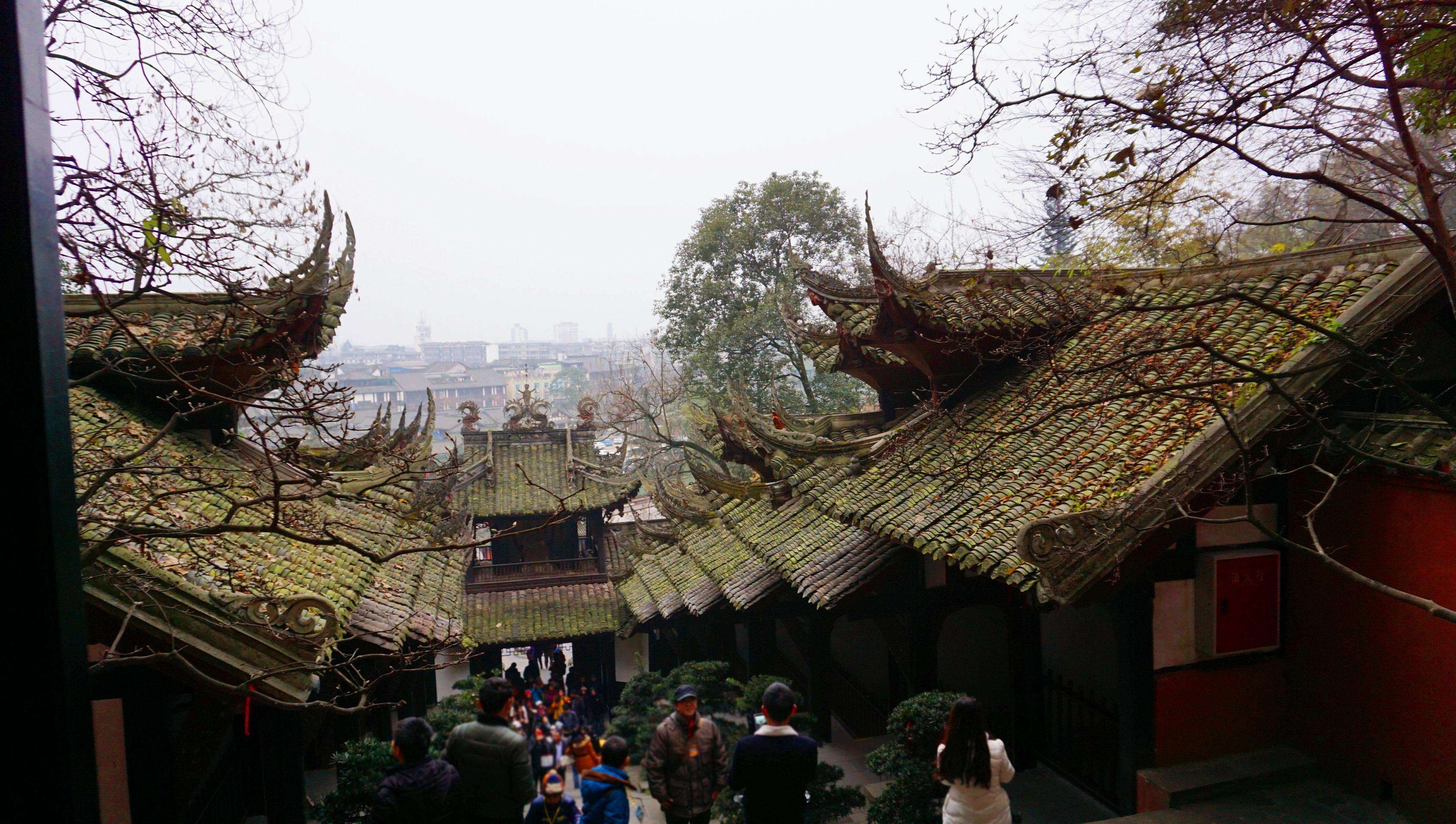
2. Chengdu Research Base for Giant Panda Breeding
The Chengdu Research Base for Giant Panda Breeding is an organization engaged in protecting, breeding and researching wildlife, in particular pandas. It was founded in 1987, when six giant pandas were rescued from the wild.
At the base, which covers an area of 106 hectares, the captive population of giant pandas has thus far increased to 113, making it the largest group in the world.
Several other wild and/or endangered species, such as the red panda and golden monkey, also live and breed here.
Admission Fee: CNY 58 (US$9.48) / person
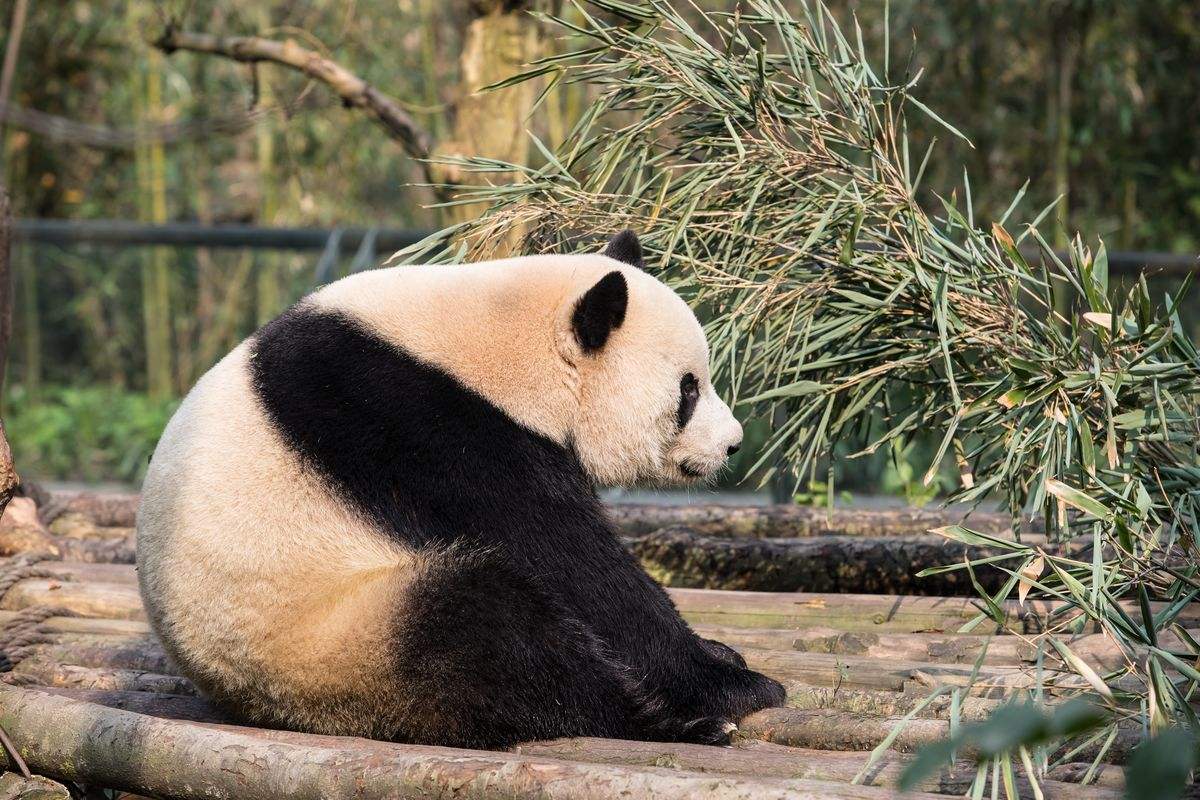
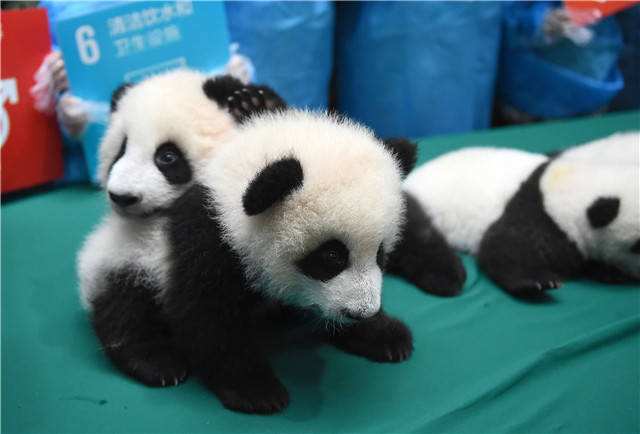
3. Dujiangyan Irrigation System(都江堰)
Dujiangyan is an irrigation infrastructure built by Governor Li Bing of the Qin State in 256 B.C., during China's Warring States Period (476-221 B.C.). It is situated on the Min River in Sichuan Province, near its capital Chengdu.
Dujiangyan is the only existing ancient hydro-power project, featuring diversions without a dam, in the world. It is widely regarded as the "ancestor" of the world's modern hydro-power culture, with a history dating back over 2,200 years. It also functions as a means to prevent floods and facilitate plain shipping. It is still in use today, irrigating over 5,300 square kilometers (530,000 hectares) of the region's land.
Dujiangyan is known as one of the "three great hydraulic engineering projects of the Qin Dynasty." The other two are the Zhengguo Canal in Shaanxi Province and the Lingqu Canal in Guangxi Province.
Dujiangyan is also one of China's better-known touristic spots, with many historic sites surrounding the area.
Admission Fee: CNY 90 (US$14.7)/person
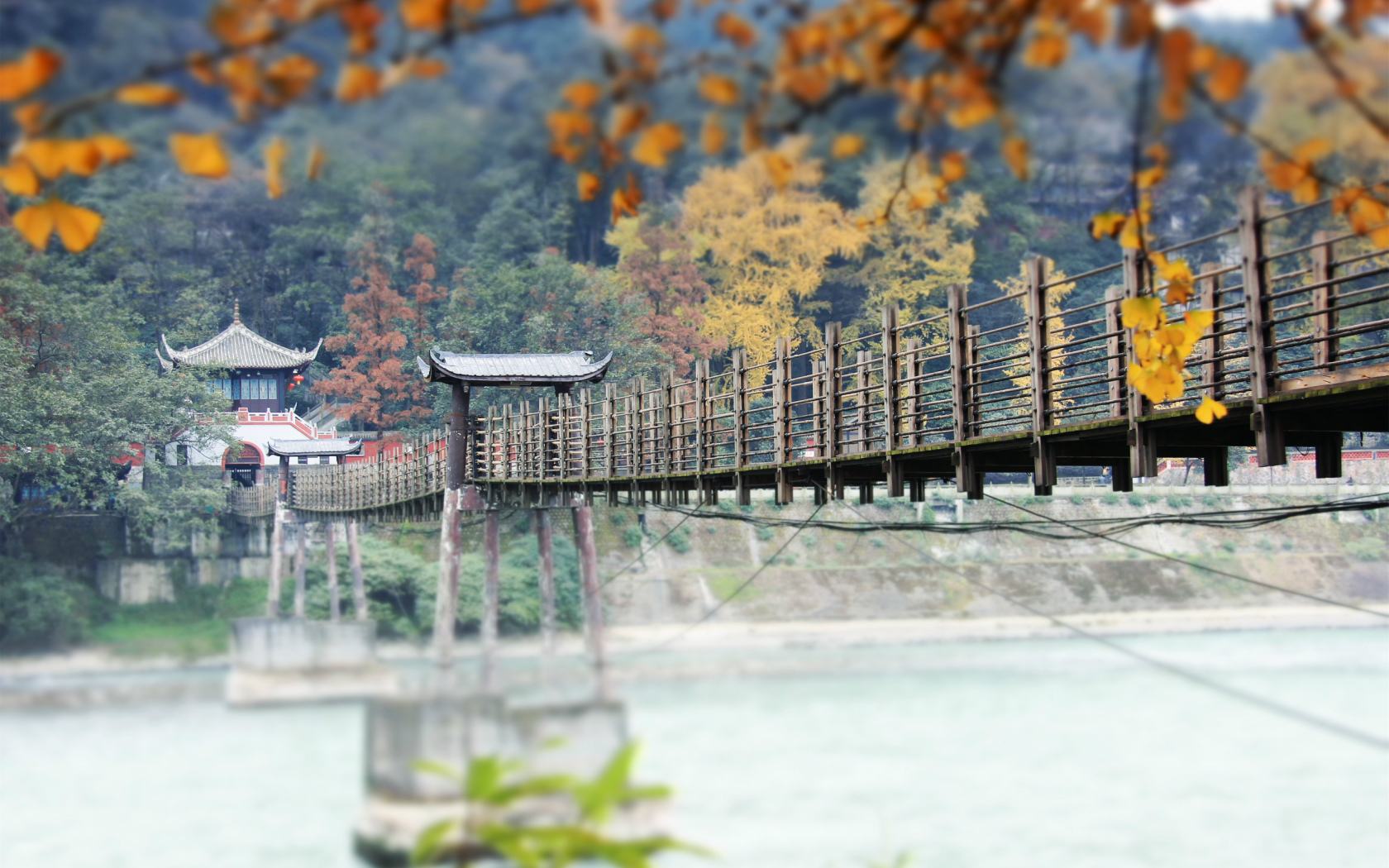
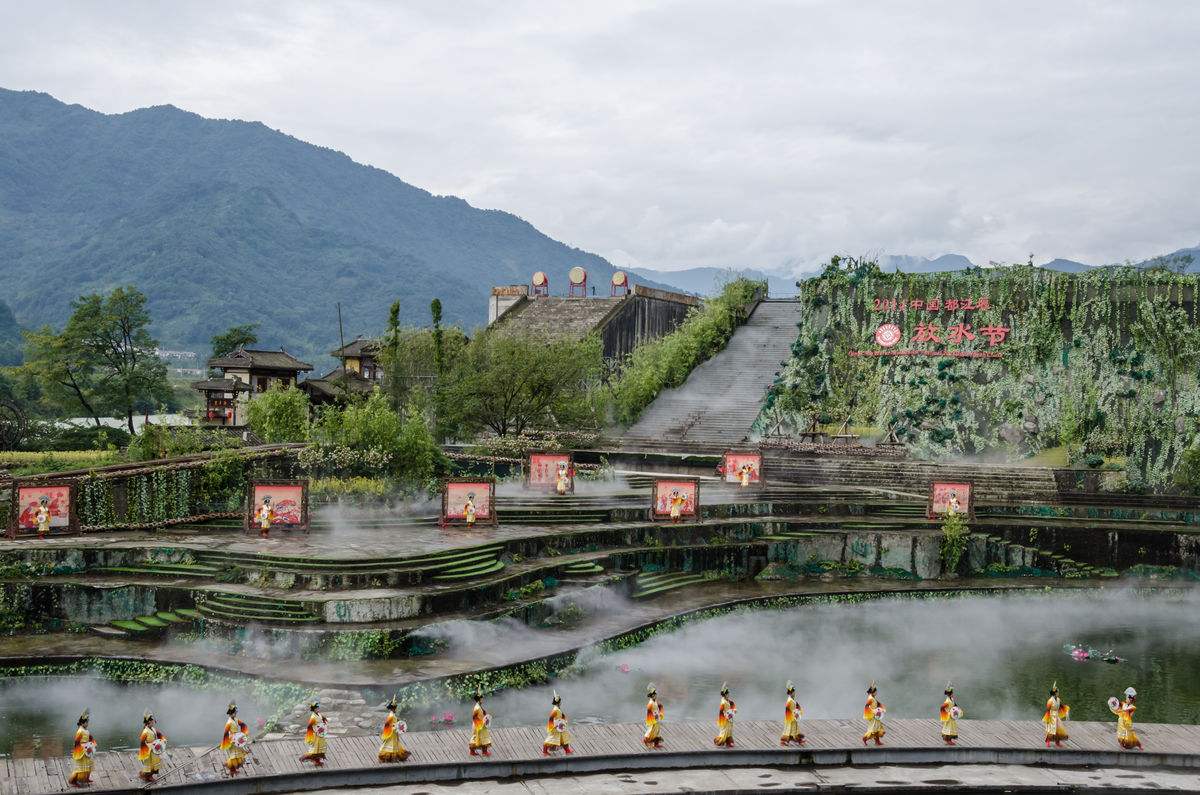
4. Jinsha Relics Museum(金沙遗址)
The Jinsha Relics are the relics of the Jinsha Villiage, Supo Town, northwestern Chengdu, dating back to the Shang (1600-1046 B.C.) and Zhou dynasties (1046-225B.C.). The place used to be the capital of the Ancient Shu Kingdom, a center of ancient civilization along the upper reaches of the Yangtze River during the 12th to 7th centuries B.C.
The 300,000-square-meters museum is used to preserve and display the Jinsha relics and other archaeological finds. A large number of ivory, gold and jade pieces are on show now. Retrieved in 2001, the relics are regarded "the most significant archaeological discovery of the 21st century in China."
Admission Fee: CNY 80 (US$13.07) / person
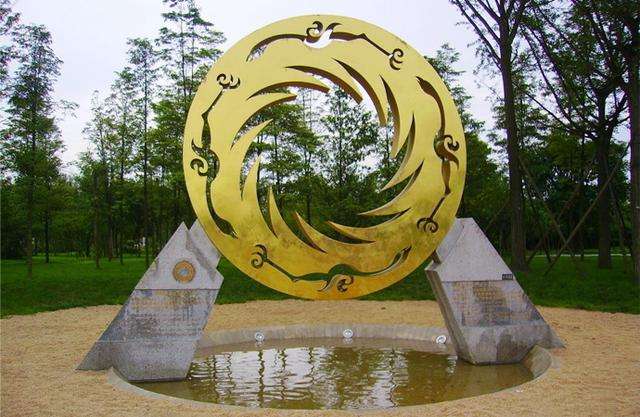
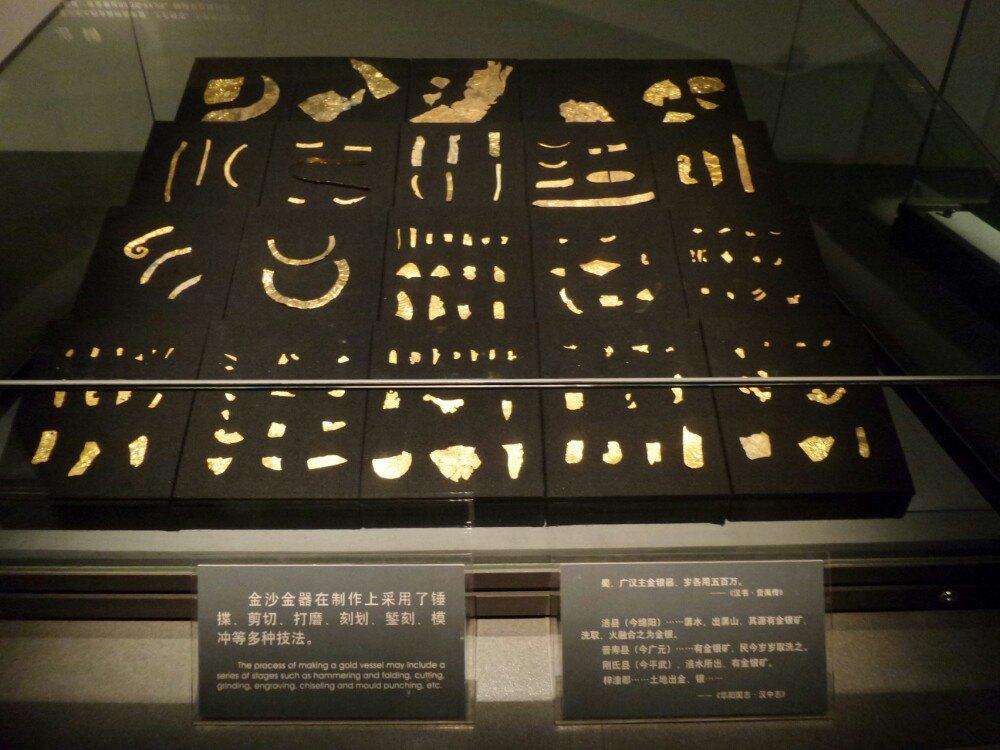
5. Xiling Snow Mountain(西岭雪山)
Xiling Snow Mountain is a national scenic resort located 95 kilometers (59.03 miles) west of Chengdu, covering an area of 375 square kilometers (37,500 hectares). The main peak, Miaojiling, stands at 5,364 meters above sea level and is snowcapped all year round.
The mountain range is home to primeval forests, several varieties of flowers, rare bird species and a great number of endangered animal species and plants. It is an ideal place for skiing, sledging, grass skating, water skiing, hot-air balloon rides and hang gliding.
Admission Fee: CNY 30 (US$4.9) / person (Mountain front)
CNY 120 (US$19.6)/ person (Mountain back)
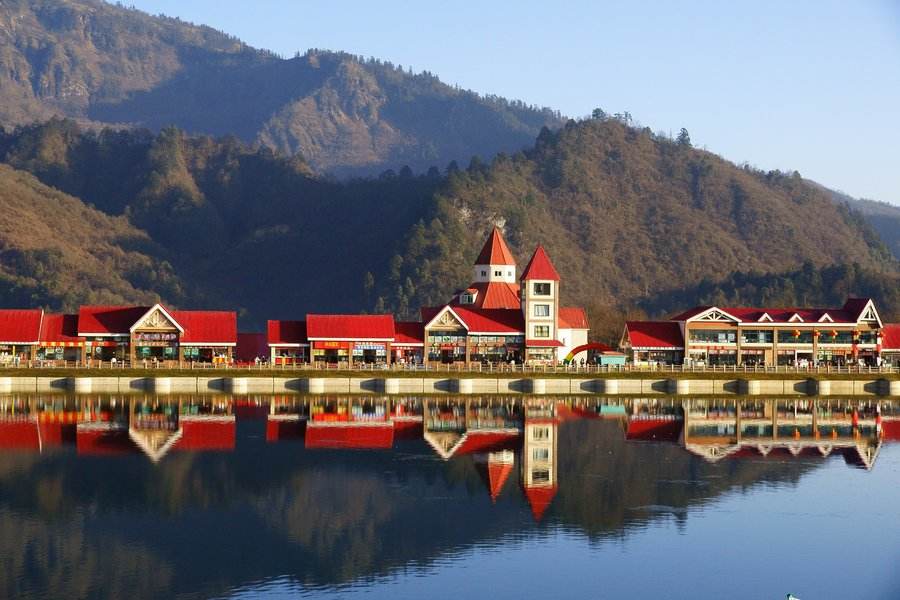
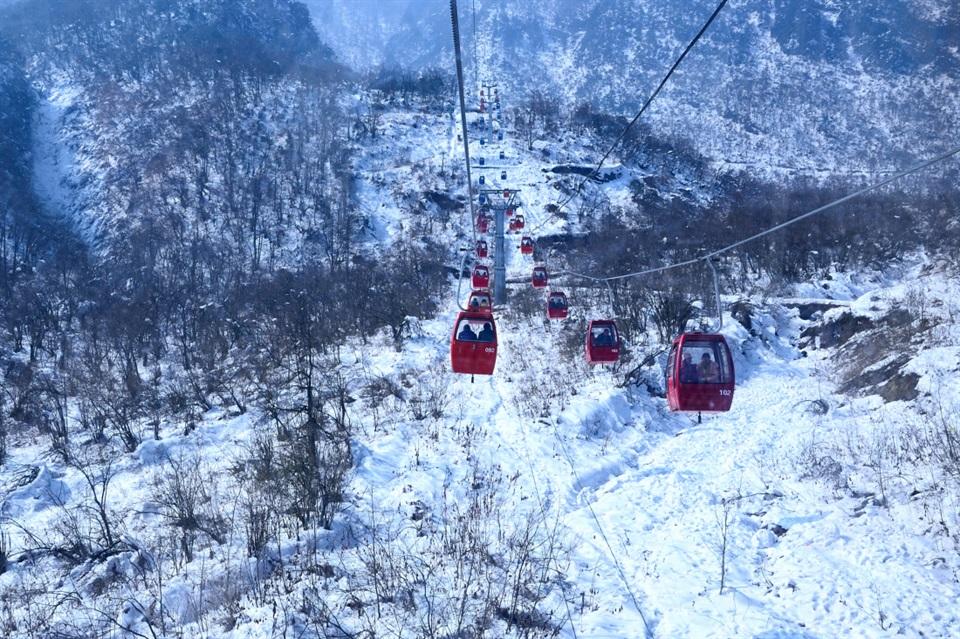
6. Luodai Ancient Town(洛带古镇)
Established in the Han Dynasty (206 B.C.-220), Luodai is an ancient town situated in an eastern suburb of Chengdu, some 20 kilometers (12.43 miles) from the city's downtown area. There are around 23,000 inhabitants now living in the town, of whom about 20,000 are Hakka people. Therefore, it is known as the largest gathering place for Hakka people in China's southwestern region.
Most of the Hakka people in the Luodai Ancient Town are migrants who were forced into Sichuan Province from Guangdong, Jiangxi and Hubei provinces by Manchurian rulers during the early Qing Dynasty (1644-1911).
The whole township has been well-preserved, with over 1,000-year-old ancient streets and Ming- and Qing-style residences, buildings and stores. There are one 1,000-meter-long main street and seven alleys in the ancient town where visitors can take a walk and look around. The Guangdong Guildhall is the town's landmark; the museum and the park are also worth visiting.
Admission Fee: Free
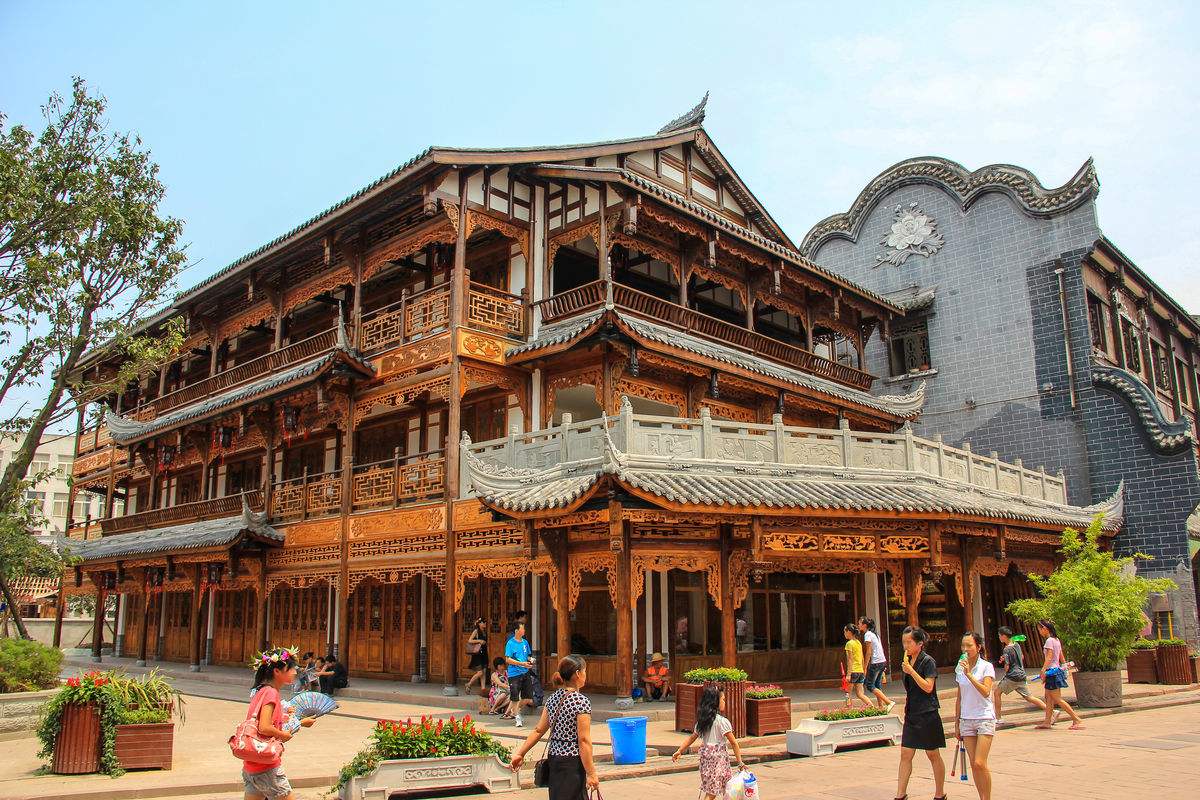
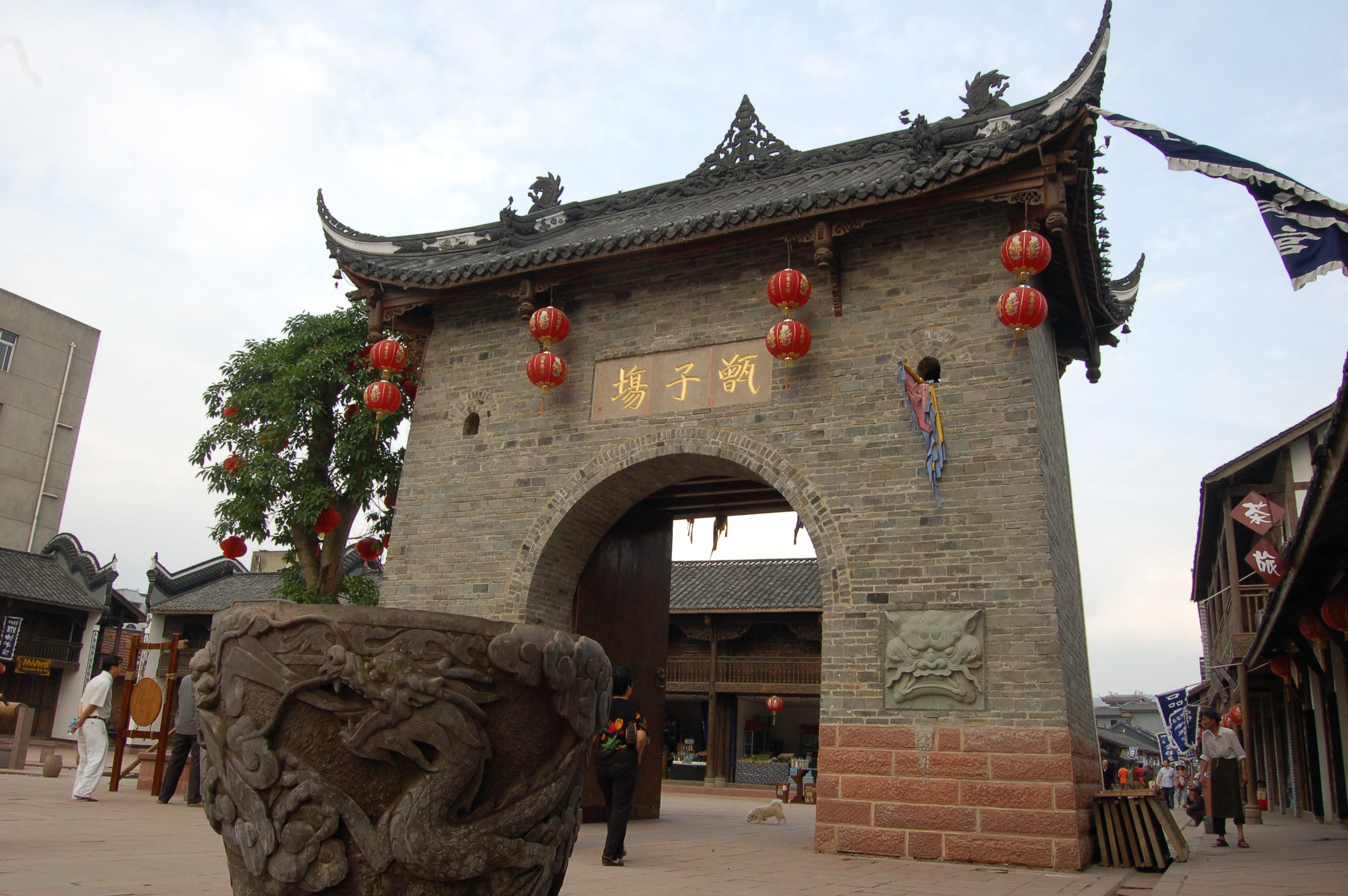
7. Du Fu Thatched Cottage(杜甫草堂)
The Du Fu Thatched Cottage is an idyllic park and museum situated in the western suburbs of Chengdu, Sichuan Province, adjacent to the picturesque Flower Rinsing Brook. The museum, in honor of famous Tang poet Du Fu (712-770), is considered a sacred spot of Chinese literature. Du Fu, one of the greatest Chinese poets, set up a straw-roofed house by the brook in 759, and lived there for about four years. In his thatched hut, he was inspired to compose more than 240 poems, including his best known ones such as "Thatched Hut Torn Apart by Autumn Wind" and "The Prime Minister of Shu."
The original hut built by Du was destroyed and the major buildings we see today were constructed during the Ming Dynasty in 1500, and renovated in 1811 during the Qing Dynasty. They include the Thatched Cottage, Former Residence of Du Fu, Screen Wall, Front Gate, Grand Lobby, Memorial of the Poet-Historian, Firewood Gate and Gongbu Shrine. The museum is noted for its unsophisticated historical relics, elegant buildings and tranquil environment. It's a tourist attraction for visitors from around the world to pay tribute to the poet Du Fu.
Admission Fee: CNY 60 (US$9.8) / person
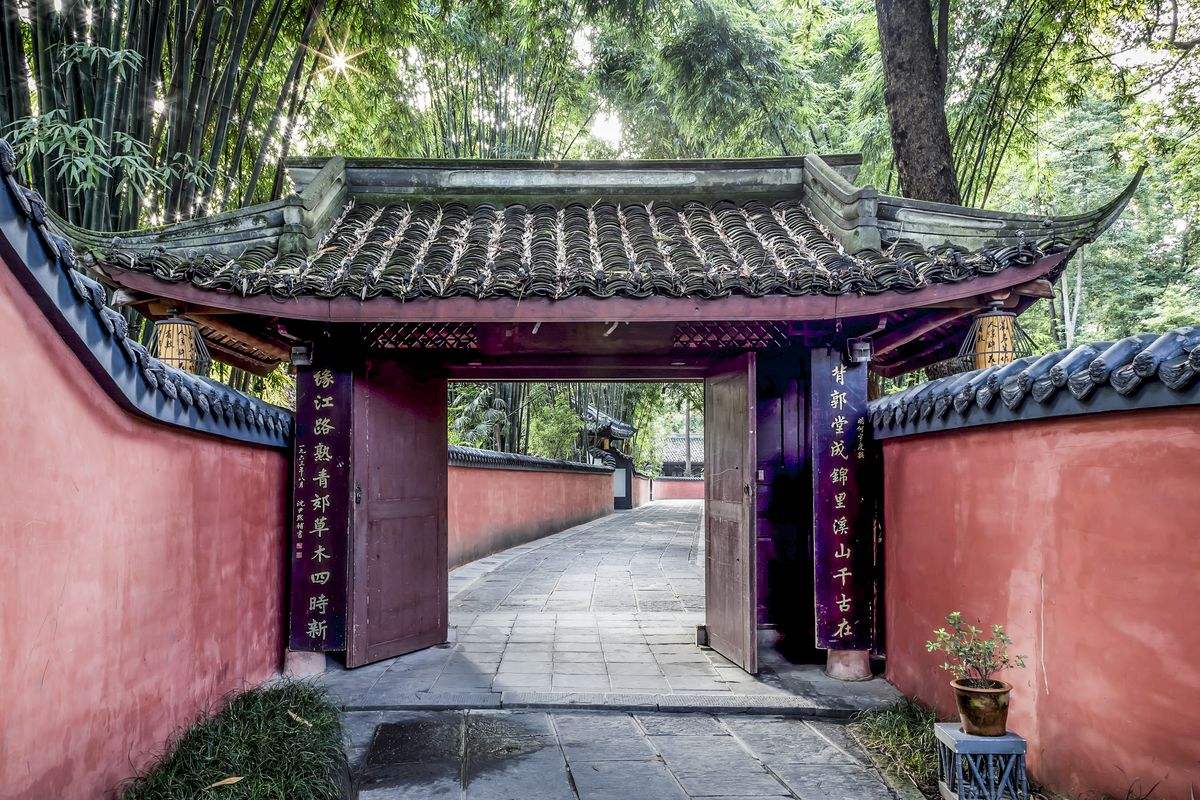
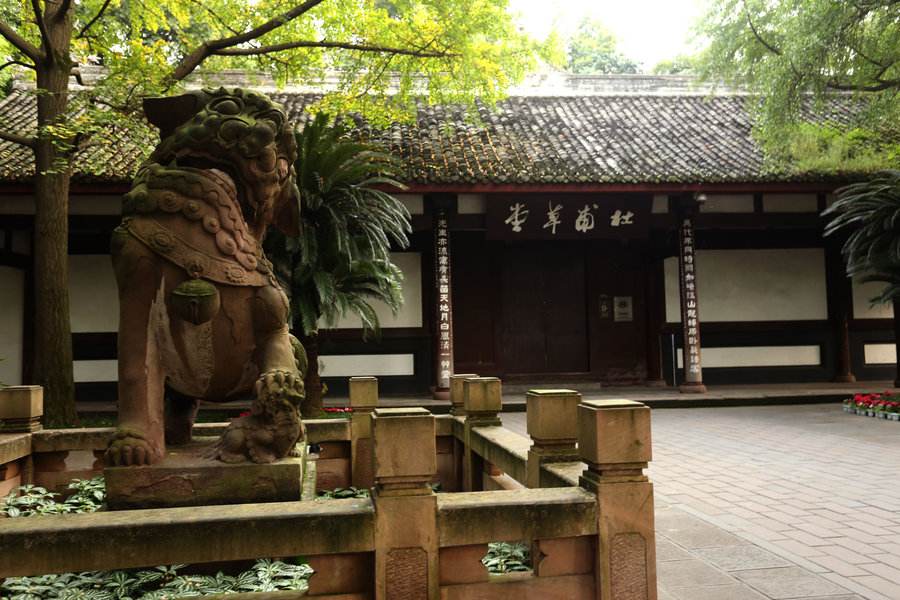
8. Wuhou Temple(武侯祠)
The Wuhou Temple, also known as the Martial Marquis Memorial Temple, is located in Chendu's Wuhou District. It was built in 223 in commemoration of Zhuge Liang, prime minister of the Shu State during the Three Kingdoms (220–280). In the beginning of the Ming Dynasty (1368-1644), it was merged with the Zhaolie Temple in commemoration of Liu Bei, the founding emperor of the Kingdom of Shu.
There are numerous historical relics such as the horizontal cribbed boards, couplets, inscribed tablets, penmanship, furnaces, Chinese tripods, etc. The Sanjue (Three-Best) horizontal inscribed board, Chu Shi Biao and the hall of Liu Bei are the most famous ones.
It is the only temple in China which sacrifices to both an emperor and a minister, as well as the largest museum displaying the relics of the Three Kingdoms.
Admission Fee: CNY 60 (US$9.8) / person
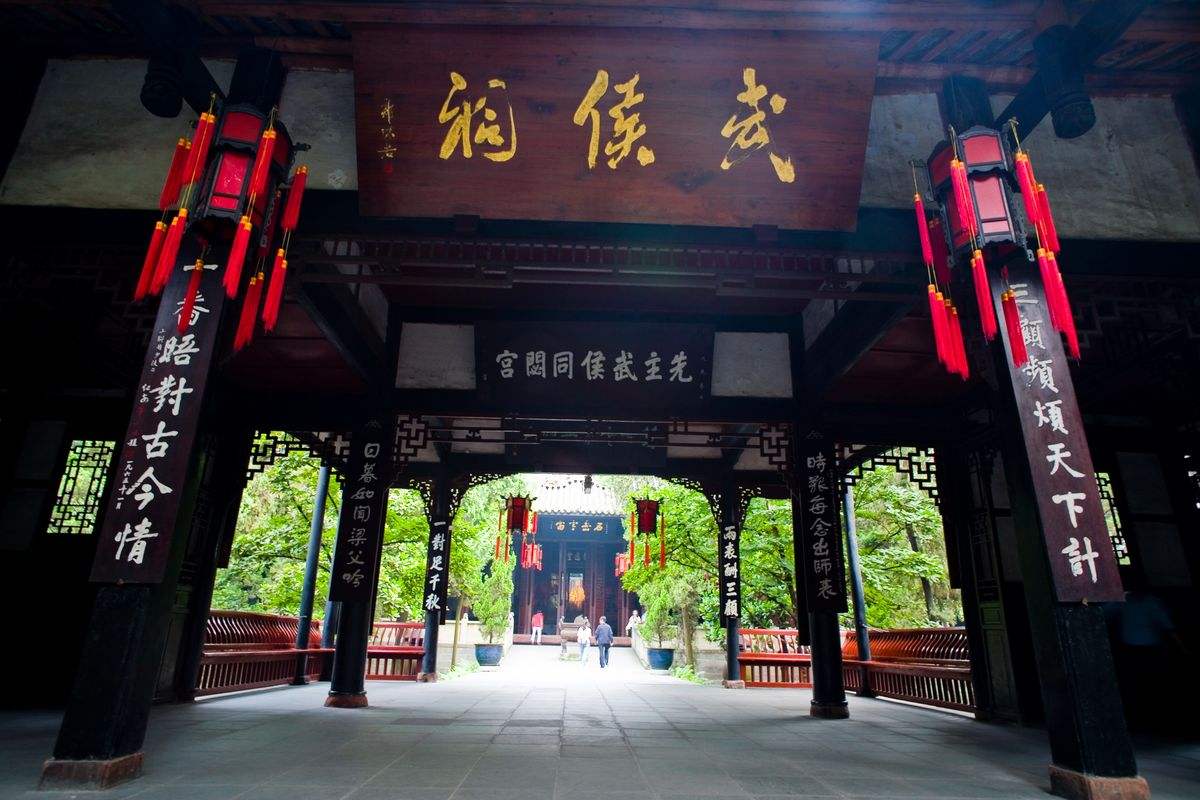
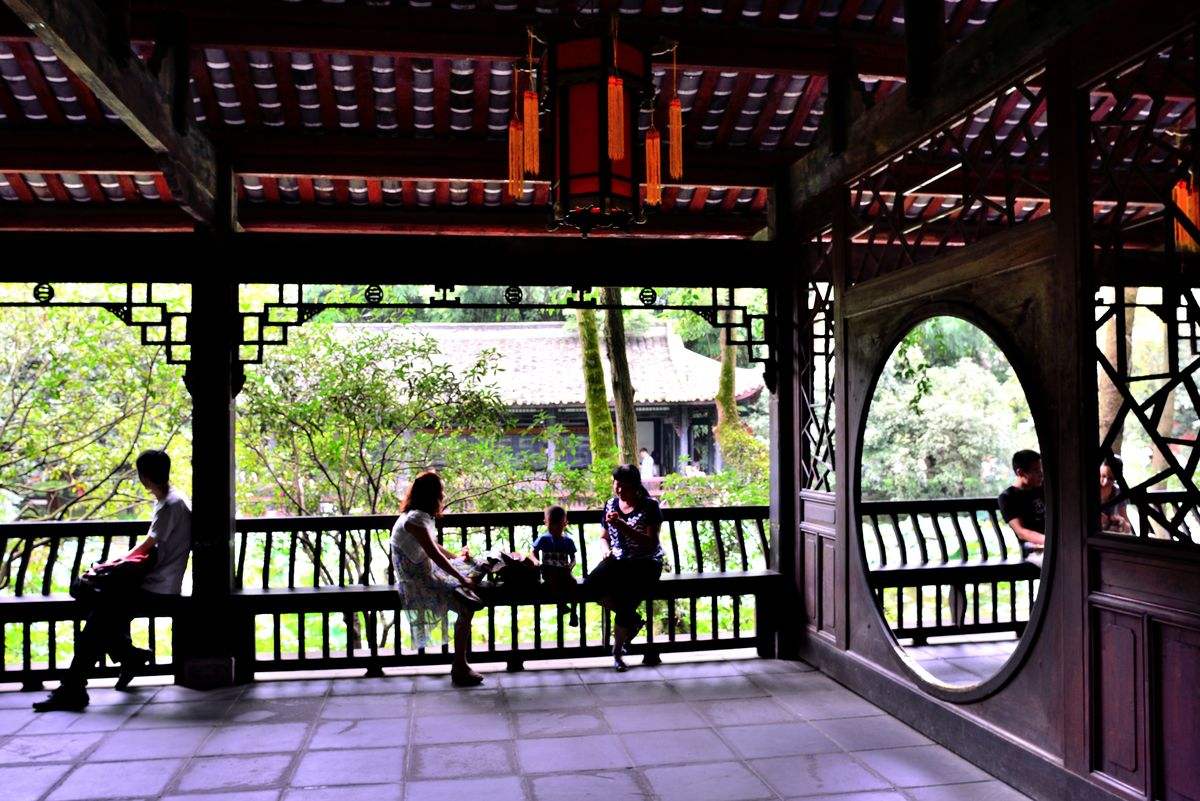
9. Tiantai Mountain(天台山)
Located in Qionglai, the Tiantai Mountain is about 120 kilometers (74.56 miles) away from Chengdu. The scenic spot boasts the syncline hilly landform, a one of a kind in China. Measuring 1,812 meters in height, its main peak forms the perfect place to watch the sunrise and the sea of clouds. The seven waterfalls are the most famous attractions of the area, especially the Xiangshuitan Waterfall which makes a sheer drop of 40 meters. The Tiantai Mountain is a paradise for over 80 species of flowers, 360 types of trees and more than 50 of wild animal species.
Admission Fee: CNY 65 (US$10.6) / person
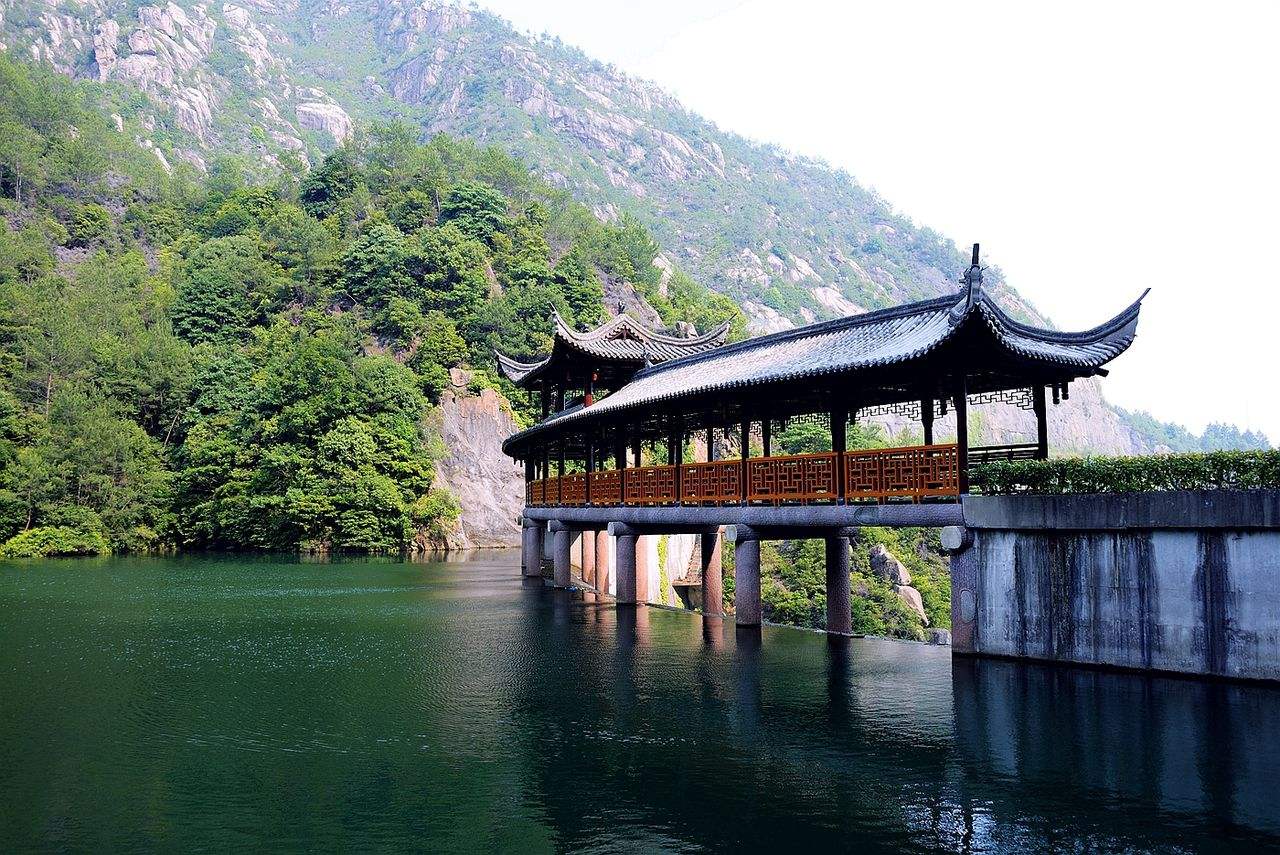
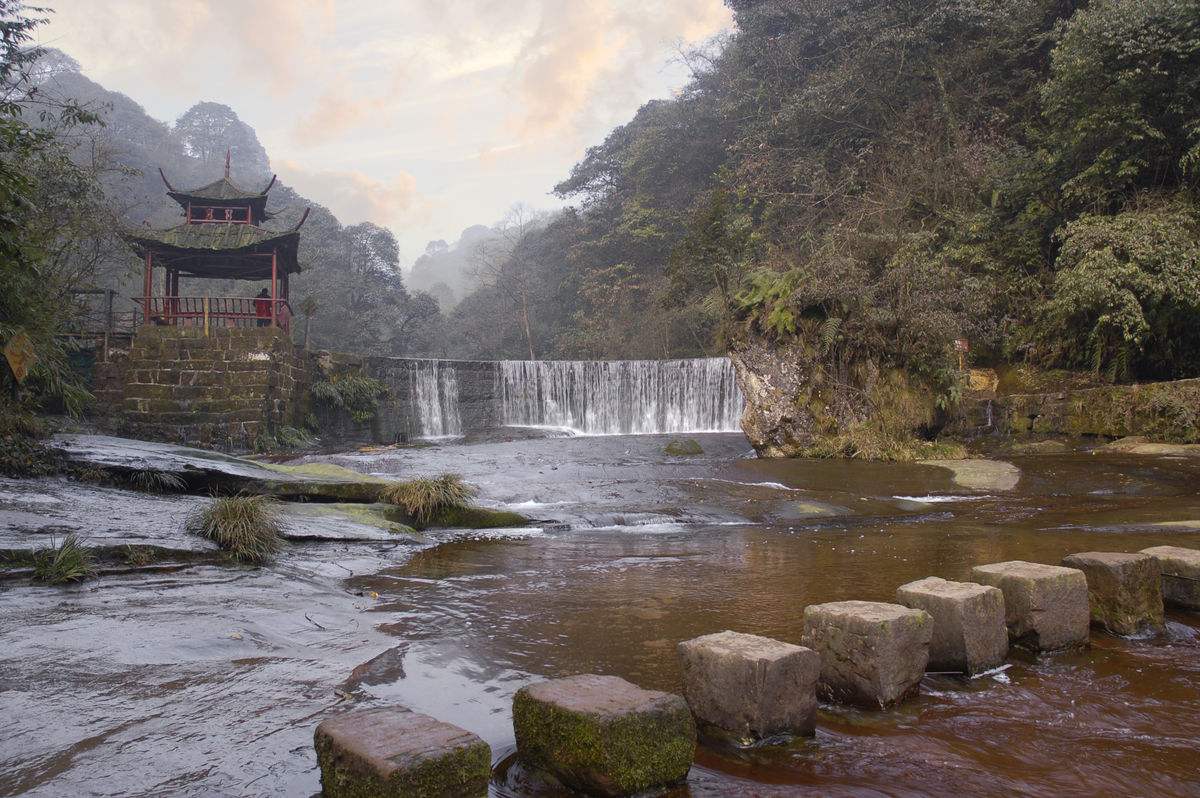
10.Wangjiang Tower Park(望江楼公园)
The Wangjiang Tower Park is located at the southern bank of Jinjiang River, Chengdu. It was built in the Ming (1368-1644) and Qing (1644-1911) dynasties in commemoration of Xue Tao, the first woman poet of Tang Dynasty (618-907). Covering an area of 176.5 mu (11.77 hectares), the park features waters, pavilions, bridges and towers. It is especially known for its surrounding unique bamboo forest.
The Chongli Tower, or Wangjiang Tower, is the landmark of the park. Wangjiang Tower literally means "a tower that overlooks the river." Built in 1889, the octagonal tower with four stories measures 39 meters in height and is made solely out of wood.
Other unique ancient architectural buildings in the park, including Yinshilou (Poem Chanting Tower), Wuyunxianguan (Five Fairy Clouds Hall), Quanxiangxie (Fragrance of Stream Pavilion), are also worth a visit.
Admission Fee: CNY 20 (US$3.27) / person
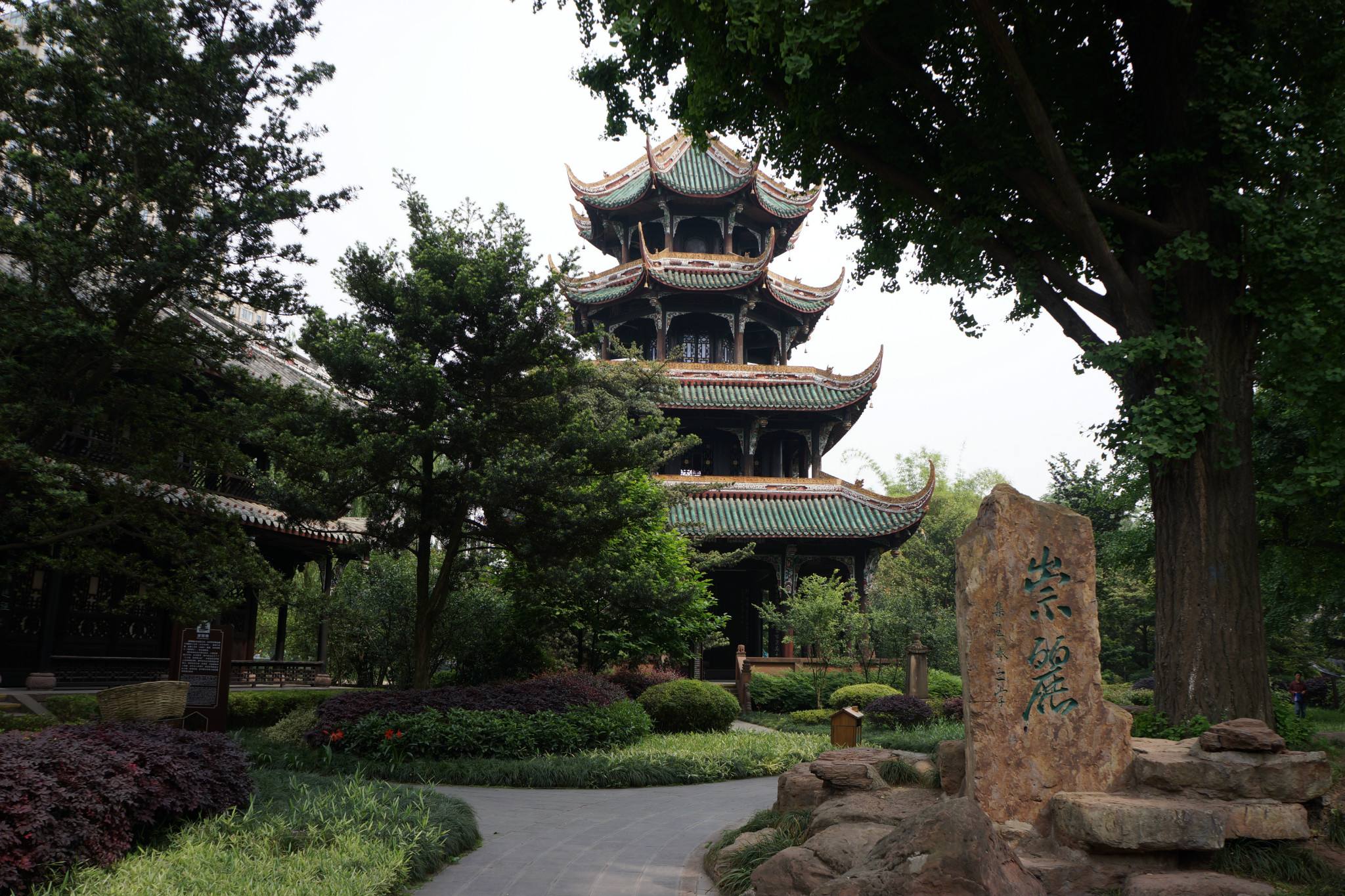
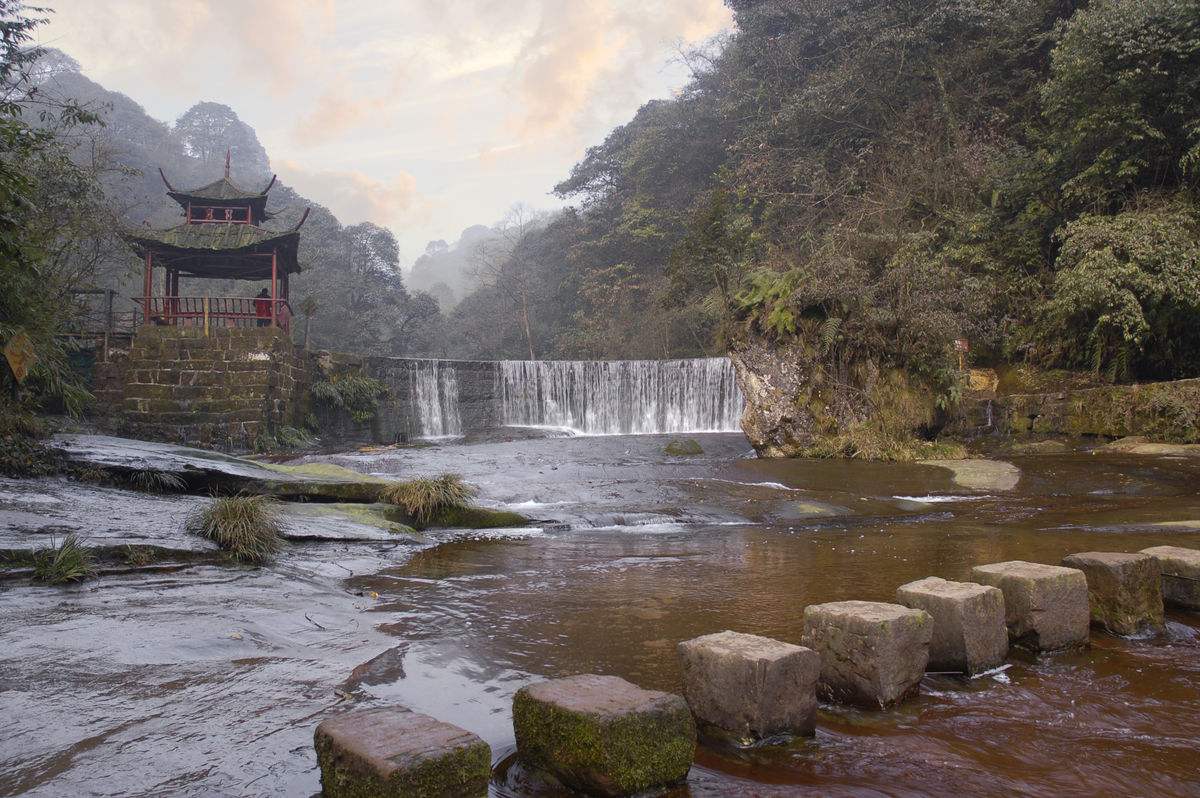
Wechat: 18980811100
24 Hours Hotline:
+86 86-28-86254400
+86 86-28-86254800
(Your Privacy is Protected)
 Chengdu Panda half day tour,sichuan Panda china
Chengdu Panda half day tour,sichuan Panda china Dujiangyan and Mt.Qingcheng 1-Day Tour
Dujiangyan and Mt.Qingcheng 1-Day Tour Half day Jinsha Site museum
Half day Jinsha Site museum Leshan Giant Buddha Mt.Emei whole view 2 days tour
Leshan Giant Buddha Mt.Emei whole view 2 days tour Leshan Giant Buddha and Huanglongxi Old Town 1-day tour
Leshan Giant Buddha and Huanglongxi Old Town 1-day tour Chengdu City One day tour
Chengdu City One day tour Two days panda tour to WoLong
Two days panda tour to WoLong Sichuan Opera Show tickets booking,Sichuan Opera Show price
Sichuan Opera Show tickets booking,Sichuan Opera Show price1 to 1 tailor-made service from our professional travel advisors for the most sophisticated
Constantly excellent reviews for attraction, hotel and service Competitive price
Local experts provide quality tours Best selected knowledgeable local guides Authentic local restaurants
7*24 hours available to create you a worry-free tour. No Hidden Fees and absolutely no pressure to buy. Secured








Copyright © 2019 bytour.com All rights reserved.